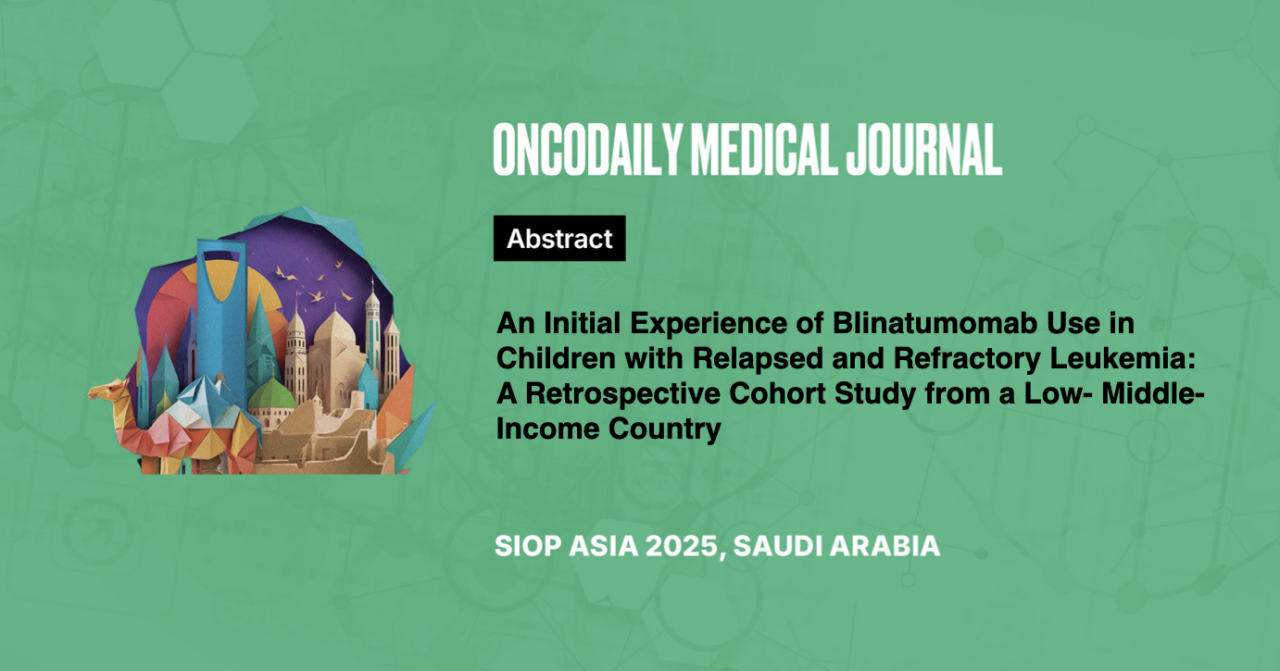An Initial Experience of Blinatumomab Use in Children with Relapsed and Refractory Leukemia: A Retrospective Cohort Study from a Low-Middle-Income Country
Abstract
Introduction: Blinatumomab is increasingly utilized for inducing MRD remission in relapsed/refractory B-cell acute leukemias. We present our experience with blinatumomab in an LMIC, acquired through AMGEN’s humanitarian access program.
Methodology: Patients ≤18 years were included. Patients’ charts were retrospectively reviewed. Descriptives and frequencies were computed. Survival analysis conducted utilizing Kaplan-Meier method.
Results: From June 2021 to January 2024, Blinatumomab was administered to 14 patients; M/F: 4/10, median age 87 (IQR: 162, 56) months; all had MRD persistence after conventional chemotherapy – 9 after first line, 5 after second line. All were CNS negative. Nine experienced adverse reactions to 1st dose (9/14;64%); pyrexia (6), infection (3), headaches (2), tremors (2), seizures (2), diarrhea (1). CRS and neurological toxicity grades were 1 and 3, respectively. Nine achieved MRD remission after 1st cycle. None with MRD+ received 2nd cycle. Eight did not receive 2nd cycle due to; CD 19 negativity (6), CNS toxicity (1), proceeded with HSCT (1).
Among 6 who received 2nd cycle, 4 experienced pyrexias, followed by neutropenia (2), infections (2), headache (1), and diarrhea (1). CRS grade was 1 in all. Two with MRD remission after 1st cycle became MRD positive post 2nd cycle. Those with MRD persistence post-Blinatumomab (1st or 2nd cycle) were put on palliative treatment. Five proceeded to HSCT. One relapsed post-HSCT. Overall survival was 64%, with a median follow-up post-Blinatumomab of 6 (IQR: 10, 1.65) months.
Conclusion: Blinatumomab salvaged most patients; achieved MRD remission; and was well tolerated. However, the impact on long-term outcomes still needs to be determined.





